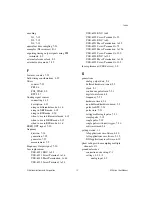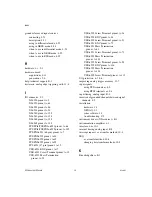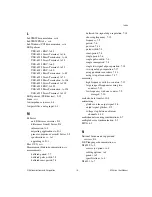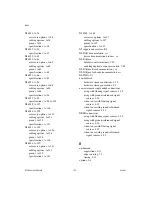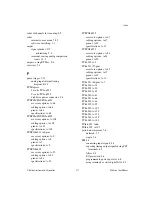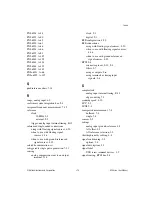
Glossary
©
National Instruments Corporation
G-17
single trigger mode
When the arbitrary waveform generator goes through the staging list only
once.
single-buffered
Describes a device that acquires a specified number of samples from one or
more channels and returns the data when the acquisition is complete.
single-ended input
A circuit that responds to the voltage on one input terminal and ground.
See also
.
single-ended output
A circuit whose output signal is present between one output terminal and
ground.
software applications
The programs that run on your computer and perform a specific
user-oriented function, such as accounting, program development,
measurement, or data acquisition. In contrast, operating system functions
basically perform the generic “housekeeping” of the machine, which is
independent of any specific application. Operating system functions
include the saving of data (file system), handling of multiple programs at
the same time (multi-tasking), network interconnection, printing, and
keyboard/user interface interaction.
software triggering
A method of triggering in which you simulate an analog trigger using
software. Also called
conditional retrieval
.
source impedance
A parameter of signal sources that reflects current-driving ability of voltage
sources (lower is better) and the voltage-driving ability of current sources
(higher is better).
synchronous
1. Hardware—A property of an event that is synchronized to a reference
clock.
2. Software—A property of a function that begins an operation and
returns only when the operation is complete. A synchronous process is,
therefore,
locked
and no other processes can run during this time.
T
task
In NI-DAQmx, a collection of one or more channels, timing, and triggering
and other properties that apply to the task itself. Conceptually, a task
represents a measurement or generation you want to perform.
TC
See
























